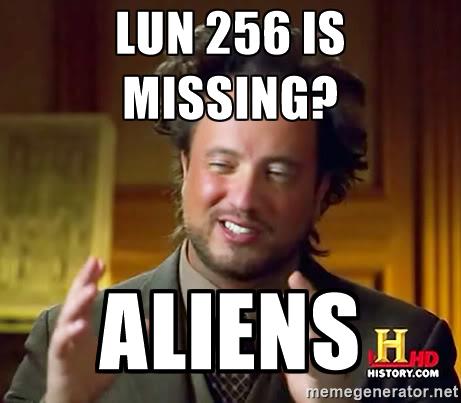vSphere 6.7 core storage “what’s new” series:
- What’s New in Core Storage in vSphere 6.7 Part I: In-Guest UNMAP and Snapshots
- What’s New in Core Storage in vSphere 6.7 Part II: Sector Size and VMFS-6
- What’s New in Core Storage in vSphere 6.7 Part III: Increased Storage Limits
- What’s New in Core Storage in vSphere 6.7 Part IV: NVMe Controller In-Guest UNMAP Support
- What’s New in Core Storage in vSphere 6.7 Part V: Rate Control for Automatic VMFS UNMAP
- What’s New in Core Storage in vSphere 6.7 Part VI: Flat LUN ID Addressing Support
A while back I wrote a blog post about LUN ID addressing and ESXi, which you can find here:
ESXi and the Missing LUNs: 256 or Higher
In short, VMware only supported one mechanism of LUN ID addressing which is called “peripheral”. A different mechanism is generally encouraged by the SAM called “flat” especially for larger LUN IDs (like 256 and above). If a storage array used flat addressing, then ESXi would not see LUNs from that target. This is often why ESXi could not see LUN IDs greater than 255, as arrays would use flat addressing for LUN IDs that number or higher.
ESXi 6.7 adds support for flat addressing. Continue reading “What’s New in Core Storage in vSphere 6.7 Part VI: Flat LUN ID Addressing Support”

